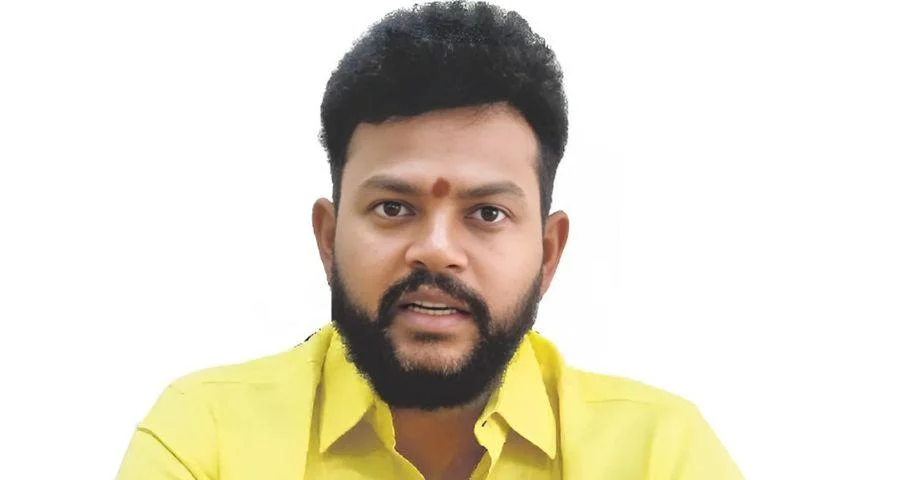India is now recognized as having the third-largest aviation market globally by passenger departing origin-destination numbers, with approximately 174 million passengers recorded in 2024 according to a recent International Air Transport Association (IATA) publication. The IATA also reports that around 7.7 million people are employed in India's aviation sector, which contributes about 1.5% to national GDP.
The IATA further forecasts: "The number of passengers traveling on flights to, from, and within India is forecast to increase at an average annual rate of 5.6% over the next 20 years. This will result in an additional 425 million annual passenger journeys in 2044, almost tripling 2024 levels."
Among the most pressing issues highlighted by the committee’s report is a shortage of qualified Air Traffic Controllers and concerns over fatigue among existing personnel due to demanding work schedules.
Aviation minister Ram Mohan Naidu informed lawmakers that efforts are underway to address these gaps: specifically, that “the government would fill 190 of the more than 500 unfilled positions in the DGCA by October.” The parliamentary committee recommended not only targeted recruitment for these vacancies but also suggested creating a new regulatory authority if necessary.
Currently, only about half—553 out of a total of 1,063—of available posts at DGCA are filled.
According to data from The Hindu, Indira Gandhi International Airport handled the highest passenger traffic among Indian airports during FY2023-24 with approximately 73 million travelers; Chhatrapati Shivaji Maharaj International Airport saw around 52 million; Kempegowda International Airport managed about 37 million; and Rajiv Gandhi International Airport served roughly 25 million passengers during this period.
The report recommends reforming what it calls a “slow and inflexible” hiring process for regulators and granting DGCA full financial and administrative autonomy for quicker decision-making and improved resource management. How these measures are implemented may determine both future safety standards and continued growth within Indian aviation.
 Alerts Sign-up
Alerts Sign-up





































